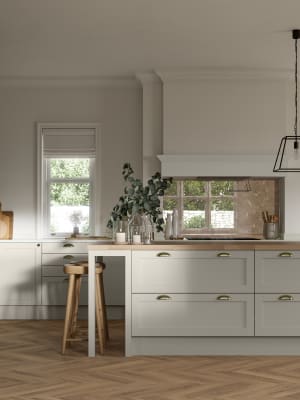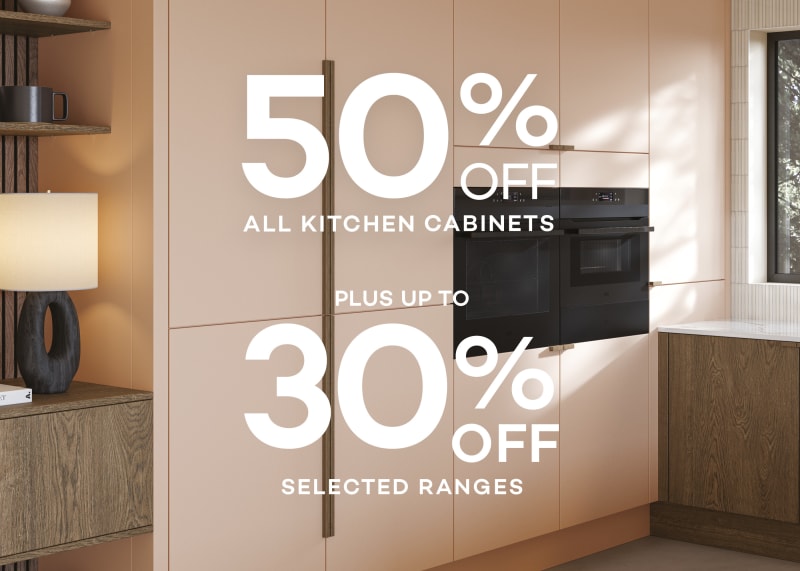The life expectancy of kitchen appliances
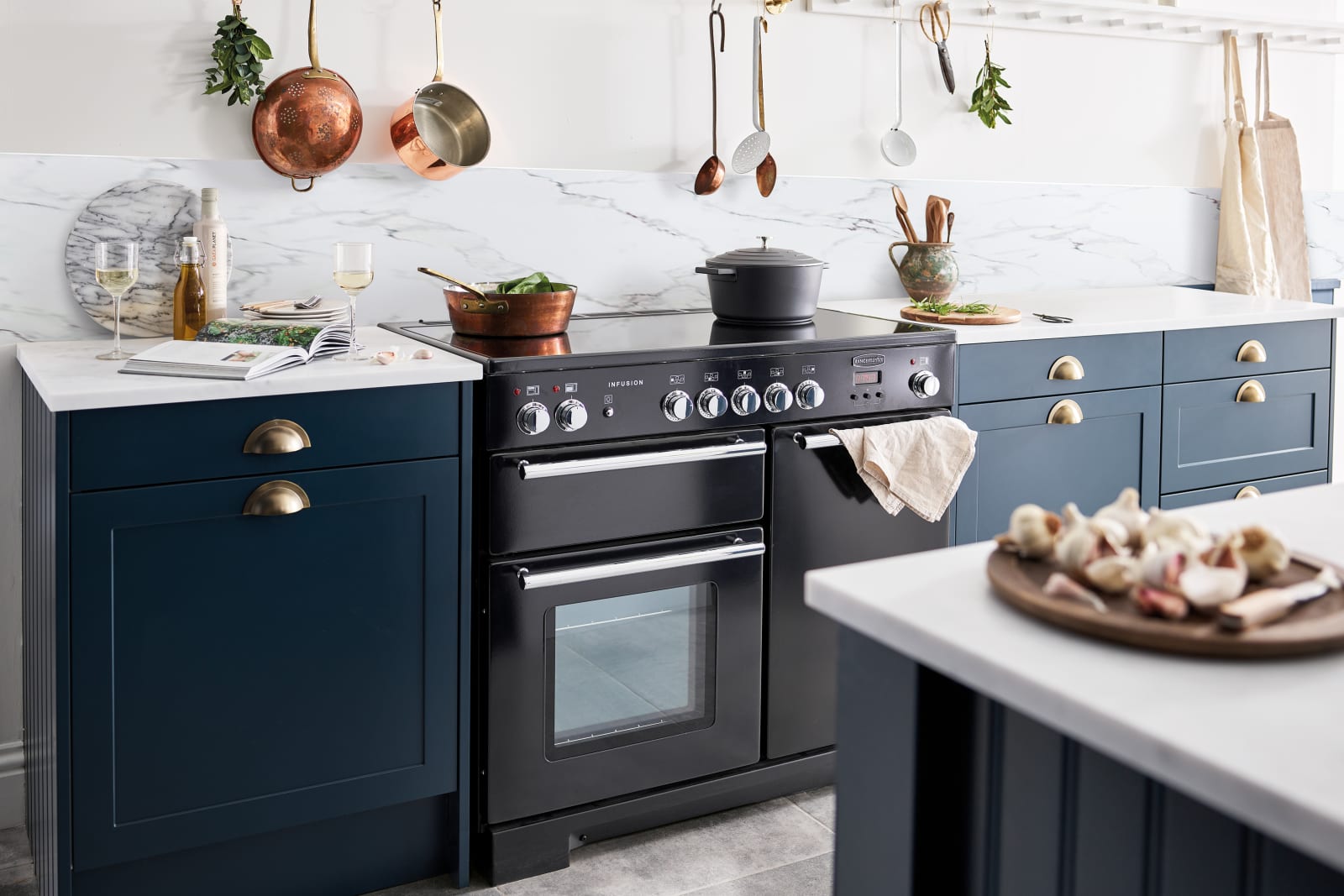
Fridges, dishwashers, ovens and hobs. The prices of our most-used kitchen appliances are rising every single year, making it increasingly costly to replace any broken or faulty devices.
Add to this the rising environmental concerns attributed to disposing of these appliances, and the best solution appears to be for us to improve how we clean, use and look after them.
To help you with this, we’ve conducted research into which appliances are more likely to last a long time, so you know which are worth the investment - and how often you can expect to replace them.
We’ve analysed manufacturer and retail data for over 2,500 product listings to reveal the average life expectancy, cost and energy consumption of the UK’s most-used kitchen appliances.
We’ve also compiled some expert tips on how to make your kitchen appliances last longer and care for them properly, as well as how to save energy in the kitchen and seamlessly integrate them into your kitchen design.
After all, what’s the use in having long-lasting appliances if there’s no beautiful kitchen to keep them in?
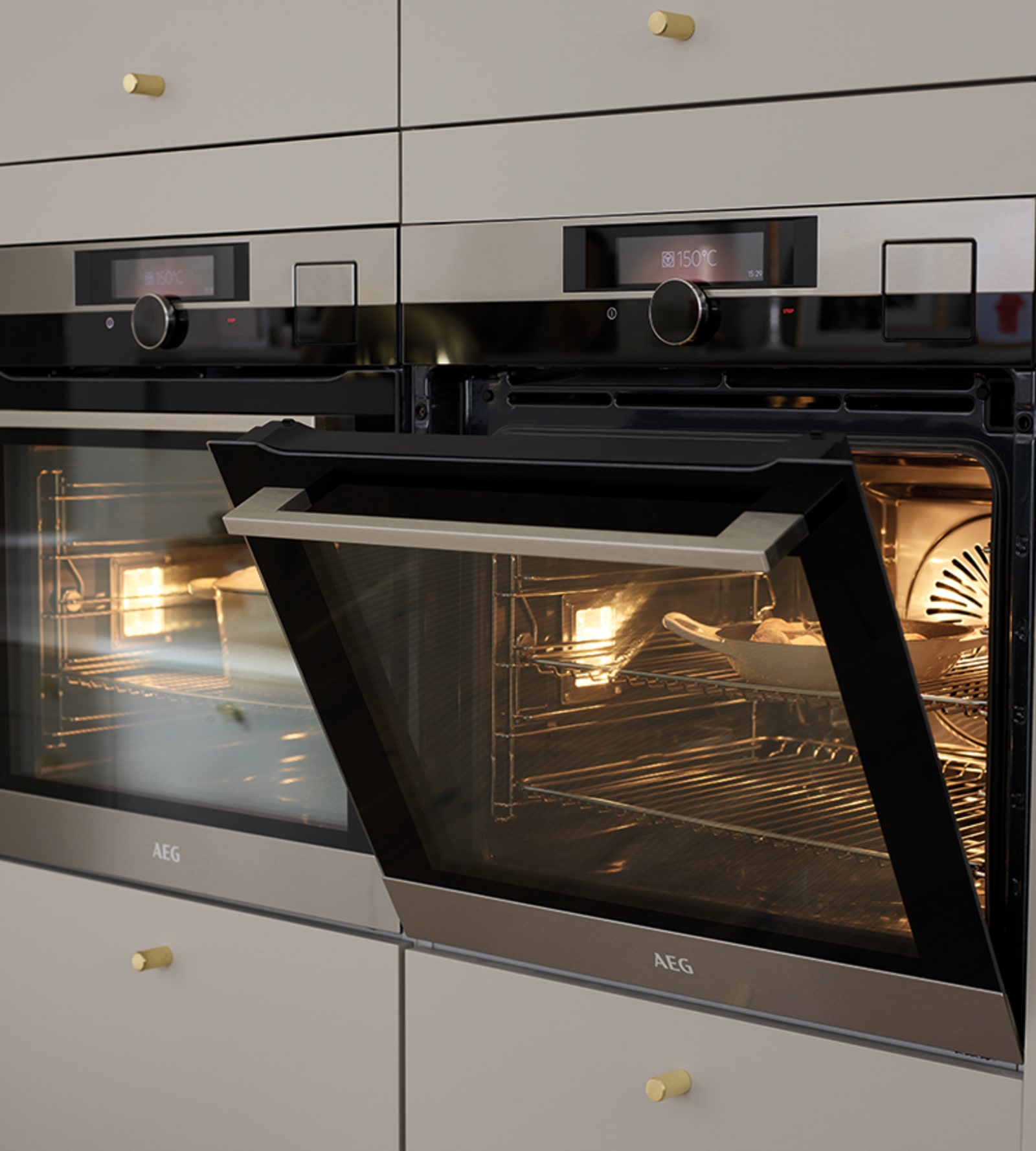
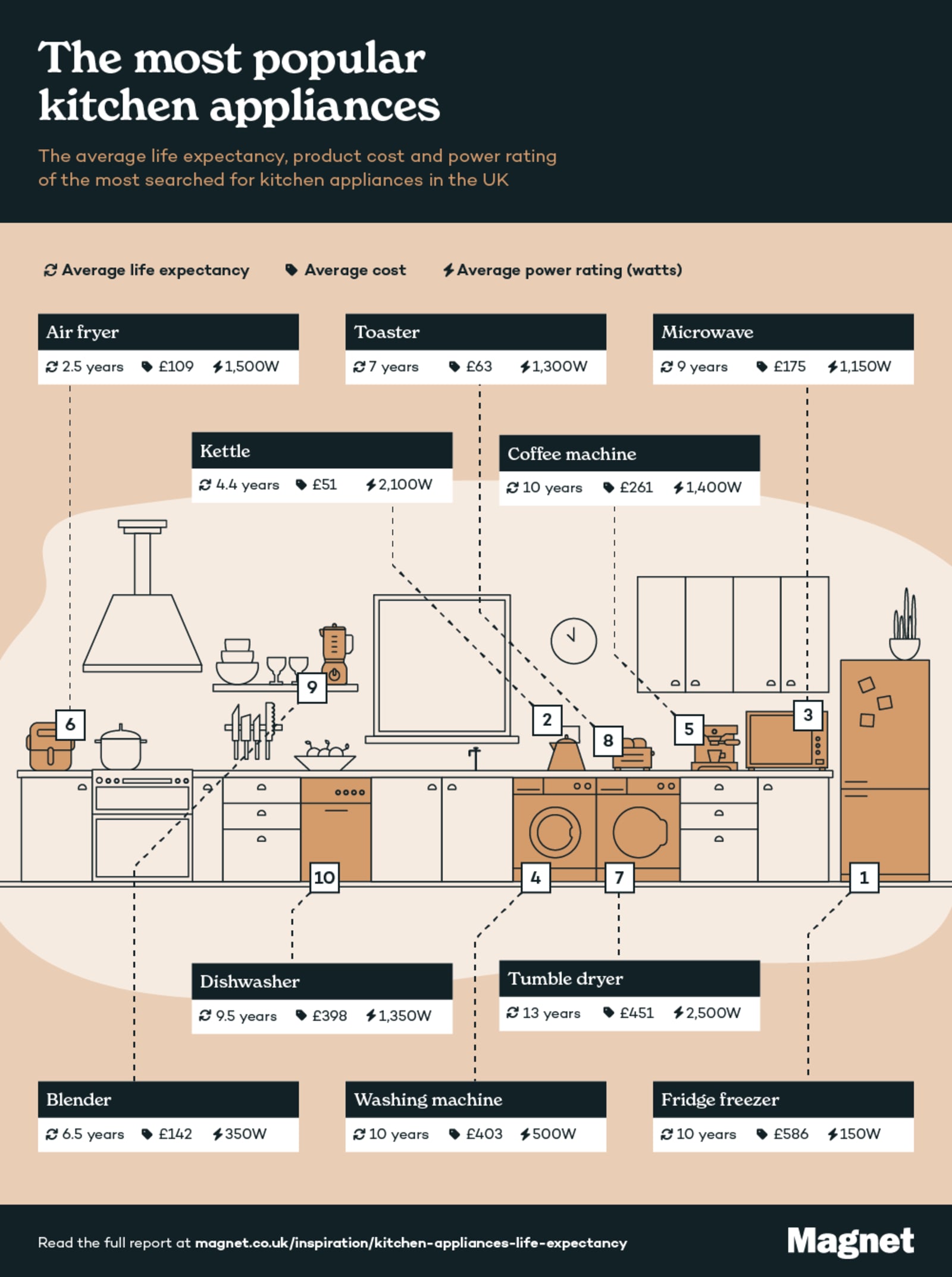
The lifespan, cost and energy use of the most popular kitchen appliances in the UK
So, how long exactly should you expect to keep your kitchen appliances in running order?
We’ve used search volumes to discover the most popular appliances around, and then discovered the average cost, energy consumption and guaranteed lifespan of these as reported in manufacturer and retail data. Time to start planning ahead!
The average cost, energy consumption and lifespan of the most popular kitchen appliances
With 1.5 million searches every single month in the UK, there are three appliances drawing for the prize of the most popular kitchen appliances. Fridge-freezers, kettles and microwaves are clearly well loved by the British public, having hundreds of thousands more monthly searches than the appliance in second (or should we say fourth) place.
Fridge-freezers have the longest lifespan of the top three, lasting for an average of ten years in total. This long life makes the average cost of £586 seem much more palatable, but the low average power rating of 150 watts per hour could be misleading. Since this device has to run all day, every day, this energy usage quickly builds up.
Microwaves last around nine years, and are much cheaper to buy than fridge-freezers at an average price of £175. Similarly, kettles are not expensive - they cost £51 on average - but they do not have a very long lifespan, since they last only 4.4 years on average. Both of these appliances have high power ratings when in use: microwaves use 1,150 watts per hour and kettles use a huge 2,100 watts per hour.
A more recent craze, the air fryer is the item with the shortest guaranteed lifespan of only 2.5 years. This is the appliance you’ll have to buy most frequently if you want to keep one by your side for life.


Maximising the Lifespan of Your Appliances
These average buying costs don’t always have to be the case. If you correctly clean and care for your appliances, you can prolong their lifespan significantly, even outlasting their warranty. Here are seven great ways to help your kitchen devices stand the test of time.
Keep your appliances clean
This may go without saying, but making sure your fridge, freezer, oven, dishwasher and others are clean is a surefire way to help them last that little bit longer. It will help them run smoothly, prevent any turn from blocking certain functions and also keep it looking brand new. While the aesthetics may not have an effect on the longevity of an appliance, it’s important to keep your space clean for your own happiness.
Defrost your freezer
If you have an older model of freezer, it may become frozen up over time. This can stop it functioning at its best, and also minimises the amount of space you can use. To avoid this, defrost it once a year before the frost grows too much, and make sure you use wooden or plastic tools to scrape with - metal ones such as knives can damage the interior very easily.
Replace filters
Dishwashers, ovens, fridges, and more all come equipped with filters. They may have different functions in each appliance, but they all have one key thing in common: they need replacing. Make sure to keep a hold of the manufacturer guidelines to find out how often they need changing and how. Keeping on top of this will help to keep your device running smoothly.

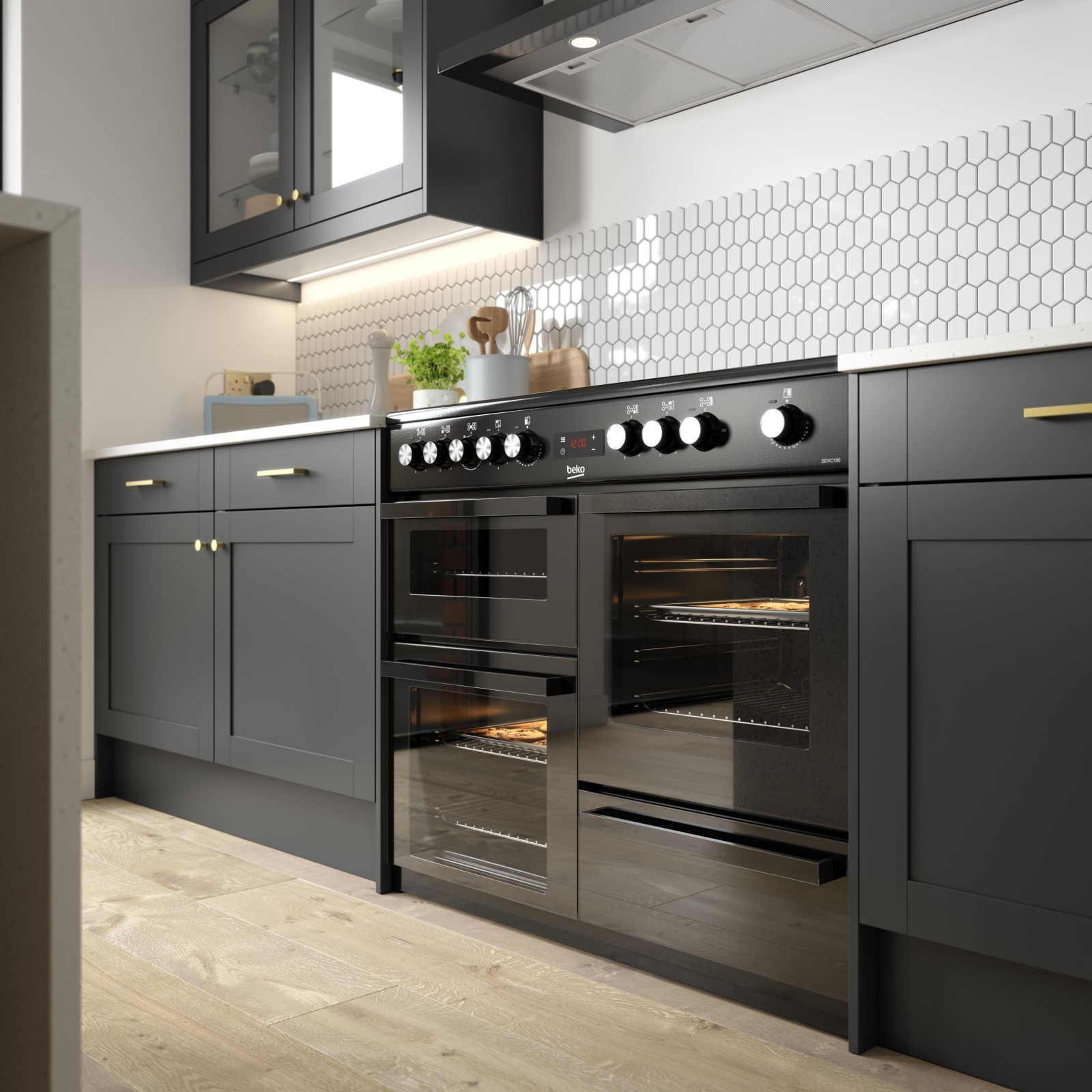
Load your dishwasher well
Make sure you load the dishwasher in a way that won’t damage the inside, jam the door or prevent the necessary mechanisms from working. Before closing the door and turning it on, double check that nothing is sticking out too far.
Rinse your pots
Getting rid of excess food debris is vital before putting your washing up in the dishwasher. If you don’t do this step, food may clog the pump and the drain, making it hard for your appliance to run smoothly. Just be sure to get any large bits of food off your plate before loading - you don’t have to rinse them completely clean, as that would defeat the point of the dishwasher altogether.
Don’t overload your washing machine
As tempting as it may be, try and split that huge pile of clothing that’s been sitting in your hamper into two before it goes in the washing machine. Putting too much in there can put a strain on the machinery, shortening the lifespan of the appliance and preventing your clothes from getting as clean as possible.
Avoid over usage
Leaving appliances on when you don’t need them is a surefire way to decrease their life expectancy. Turn off your air conditioning when you’re not in the room, don’t put the dishwasher on when there’s only two plates in there, rethink that seventh cup of tea of the day. Doing so will avoid placing unnecessary stress on the devices, helping them last that bit longer.

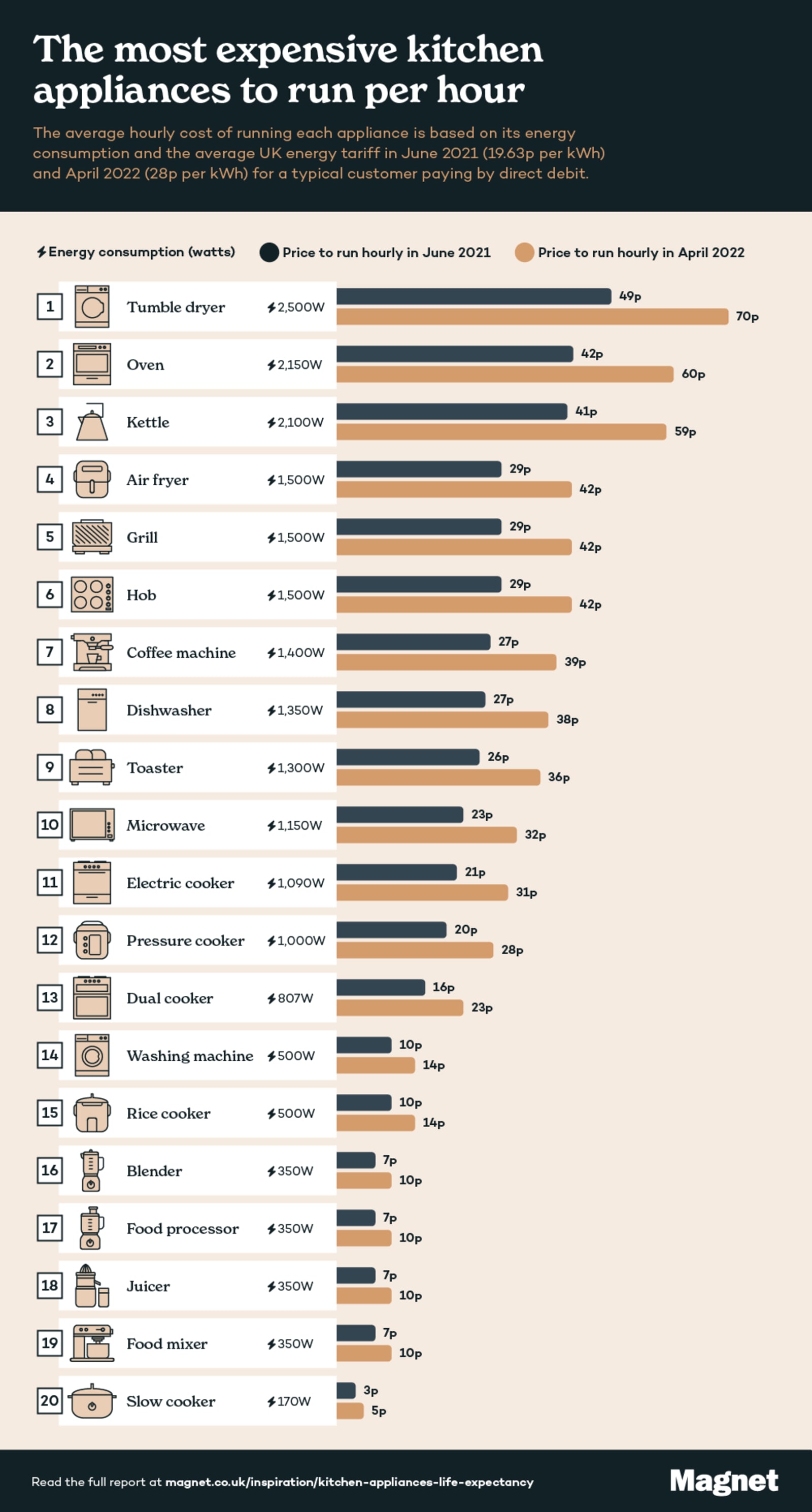
The increasing running costs of appliances
In an increasingly eco-conscious world and with the energy price cap rising, it’s important to know how much energy your home is using on a daily basis.
To discover how much energy your kitchen appliances use on average, we used each appliances’ average power rating (in watts), alongside the average UK cost for electricity, to calculate the hourly cost of running each appliance.
Due to the energy price cap being increased by more than 50% by energy regulator, Ofgem, the UK average household is set to see their electricity bill soar from April. To see how much running costs could increase we’ve compared the average rate of electricity from June 2021 (19.63p per kWh) to the new 2022 tariff (28p per kWh) for a typical customer paying by direct debit[1]. Let’s dive in.
The most expensive kitchen appliances to run per hour

Your tumble dryer is likely to cost you the most to run per hour with the highest average wattage out of all the appliances studied. An hours use is likely to set you back 70p with the new 2022 tariff price. That is an increase of 20.92p per hour compared to June’s rate.
In second place is one of the most commonly owned kitchen appliances, an oven. At 60.20p per hour, it will cost you 18p more per hour to use this appliance under the new 2022 tariff.
At the other end of the list, is a freezer, which only uses 40 watts per hour at 1.12p. Despite it’s low energy use, your freezer is likely to be switched on all day meaning with new energy tariffs you can expect to spend 26.88p a day running this appliance, compared to 18.84p a day on June 2021’s tariff.
It is important to note that not all of the appliances on our list should be left running for an hour at a time, such as a kettle. However to make them comparable, a full 60 minutes worth of use has been accounted for. To figure out how many uses this is equivalent to, we have broken down the costs per use below.
The average energy cost per use of each appliance
The prices above may seem relatively affordable at a glance per hour, but depending on your daily usage of each appliance these costs can soon add up.
With this in mind, we investigated how long the most popular kitchen appliances are used on average to do the job they are intended to do such as cooking, washing and cooling. Using these timings, we can then work out the average energy cost per use.
As the figures are guided estimates,the actual number of minutes may vary depending on your own appliance habits.

The most expensive kitchen appliances to run per typical use

A fridge-freezer is one of the most costly kitchen appliances to run due to it needing to be switched on 24 hours a day, 365 days a year in order to keep its contents cold. At £1.01 a day, your fridge-freezer is likely to cost you £367.92 a year to keep it running based on the new 2022 tariffs that will come in place from April.
Depending on the amount of water and your type of kettle, it can take anywhere from 2-10 minutes to boil water using this appliance. With the average tea drinker drinking 4 cups a day in the UK that means their kettle usage can cost from 7.84p - 39.20p a day. If you carried on this consumption everyday it could cost you £28.62 to £143.08 a year.
Due to a dishwasher's high energy consumption and long running times per use, it is one of the most costly appliances to keep switched on in your kitchen. With the average dishwasher cycle lasting anywhere from 65 minutes to 4 hours you can expect to spend 40.95p - £1.51 per use. Therefore, if it is used twice a week, this could cost you up to £21.35 to £157.63 a year.
Saving energy in your kitchen to help cut bills
With the cost of energy bills rising, if you are looking for ways to save energy (and money) in your kitchen we have provided five top tips to get you started.
Avoid leaving your appliances on standby or switched on
Whilst understandably some appliances in your home cannot be switched off such as the fridge-freezer, other appliances are sitting around wasting energy. You can save energy just by switching off the plug to avoid appliances such as the dishwasher, microwave or toaster from using phantom energy. Encourage yourself to get into the habit of turning these appliances off when they are not in use and you’ll be instantly saving.
Invest in smart, energy-efficient appliances
One of the best ways to save energy within your kitchen is to invest in smart appliances. Older appliances often use a considerable amount of energy due to their lower efficiency rating so it may be worth upgrading. Although it may cost you initially, you’ll be saving a lot more time, energy and money in the long run.
For example, the RørosHetta SENSE range from Magnet has put a spotlight on clever solutions. Not only is it aesthetically pleasing, but the RørosHetta hood range is also the perfect smart appliance. With an energy rating of A++, they are one of the most eco-friendly options available. Not only is it 70% quieter than the standard hoods it also can connect to the user’s devices in order to be remotely controlled from anywhere.
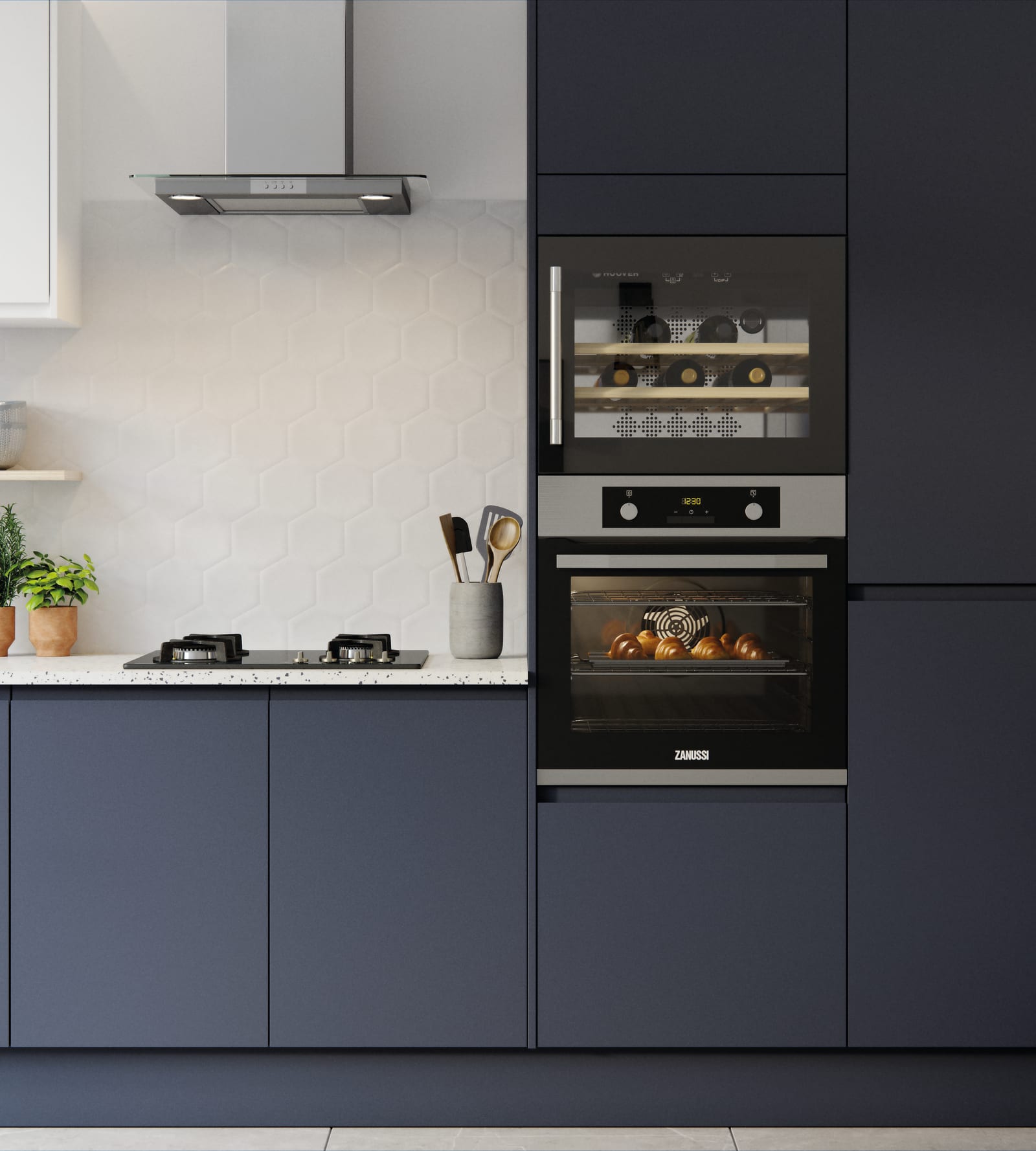

Use the right size appliance for your needs
Appliances such as fridge-freezers, dishwashers and washing machines are all becoming more energy efficient. However, if your appliances are too big for your needs then they are still going to waste some serious energy. If you live on your own, you’re most likely not going to need a family sized fridge-freezer, so go smaller and save yourself some money and energy.
Use your fridge and freezer efficiently
As Magnet’s research shows, your fridge-freezer is one of the biggest consumers of energy as it’s constantly switched on. An easy way to reduce its energy use is to help the appliance maintain or restore its correct temperature as quickly as possible. You can do this by making sure cooked food is cooled before putting it in the fridge-freezer, not leaving the doors open for long periods of time, closing the doors correctly and making sure the seals are working properly. To check the seal, close a piece of paper in the door - if it can be easily pulled out, it needs to be fixed!
Where you position your fridge-freezer in your kitchen is also important to save energy. Try to keep it away from heat sources such as sunlight and your oven or radiators. Make sure it also has good ventilation by leaving gaps (5-10cm) between the sides, back and top of the fridge-freezer so the hot air that is expelled can escape.
Energy saving cooking
The main reason we use our kitchens is to cook, so why not save energy whilst doing so. You can reduce your energy use daily just by changing a few simple steps such as covering pots and pans with a lid in order to encourage water to boil quicker and use less energy. Turning off the heat a few minutes before you have finished cooking is also a great way to cut down energy, as heat will retain as the hob cools down!
Bringing Your Appliances Into Your Design
Once you’ve figured out how to make your appliances last, whilst using as little energy as possible, it’s time to decide how to seamlessly fit them into your kitchen design. There are countless ways to store appliances, from secret cupboards to inbuilt devices. Our head of design, Lizzie Beesley, has this to say:
“Large kitchen appliances don’t have to ruin the aesthetics of your kitchen. In fact, there are so many ways to secretly store or integrate these appliances so that they all completely fit in with the sophisticated kitchen design you love.
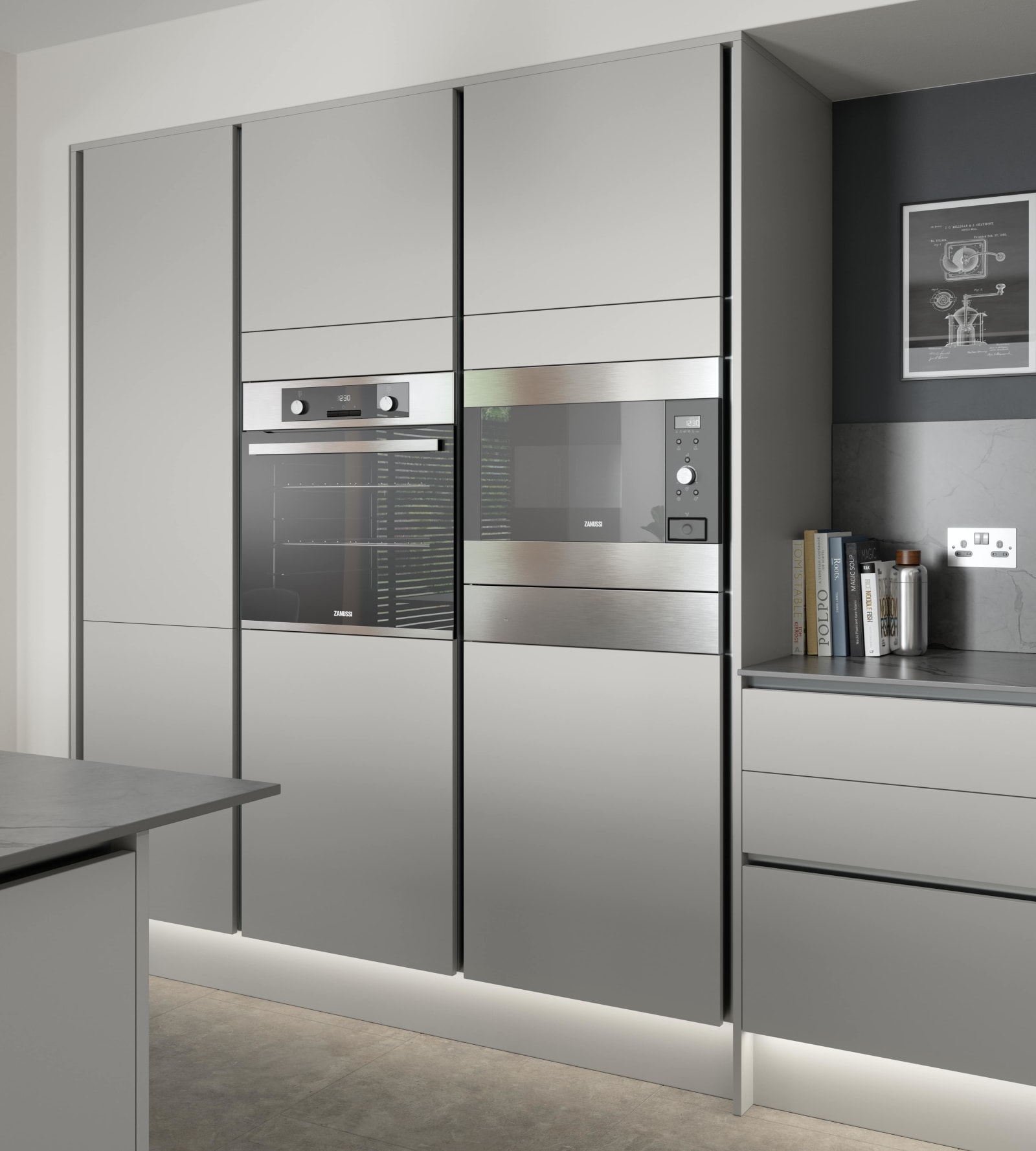

You can keep some cupboard space free for your smaller devices, or create a feature out of them with open shelving to clear counter space while using them as decor. You could also read our guide on buying appliances to find one specifically for your kitchen. When bought with the design in mind, it’s easy to have them built into the cabinets, or put custom-built doors over them to hide the industrial-looking facade.”
Magnet Can Help You Build Your Dream Kitchen
Not sure where to start when it comes to designing your dream kitchen? Our experts can help you create something you love and an environment you want to be in, so that spending the time keeping your appliances running smoothly never feels like a chore. Book a consultation with us now to get started on creating the kitchen of your dreams.
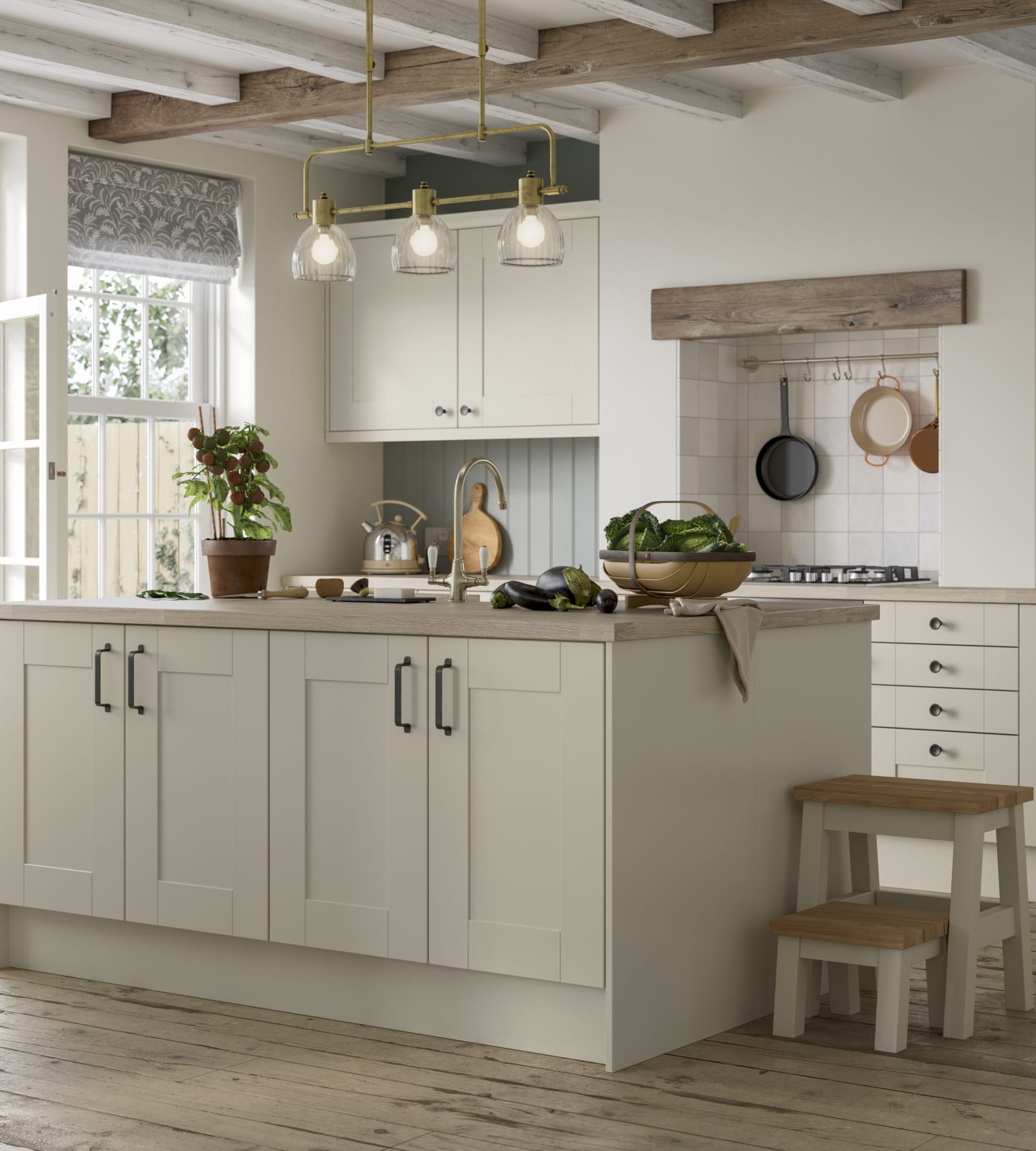
Methodology
Magnet analysed monthly Google search volumes to discover which kitchen appliances are being searched the most in the UK. Using this list, product guides and manufacture data from a range of leading UK companies were used to establish an average life expectancy and power rating per hour (Watts) of all the appliances. Then to discover the average price of each appliance, UK retailer Currys’ website was analysed for the top 100 of each product. If a product had less than 100 results, all available were used.
To reveal the hourly running price for each appliance an energy calculator was used taking the power rating (watts) and inputting 60 minutes of time used. This was done at the electricity UK average for June 2021 (19.63p per kWh) and April 2022 (28p per kWh).
Source
[1] “Price cap to increase by £693 from April” (Ofgem, 2022)




